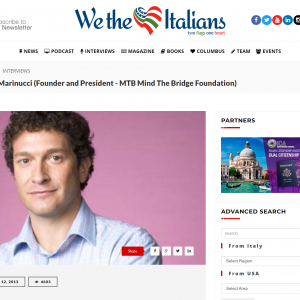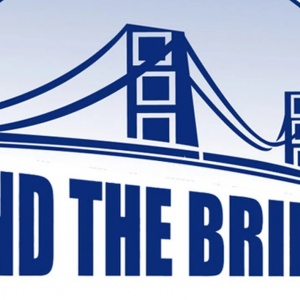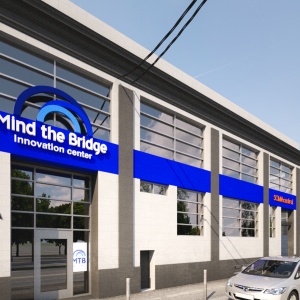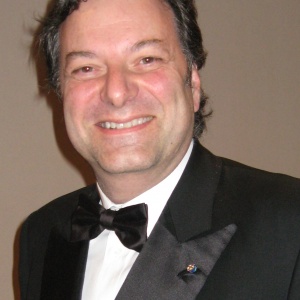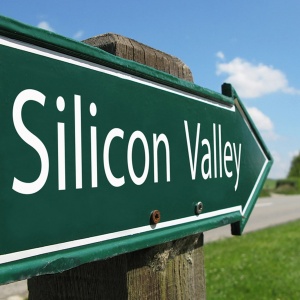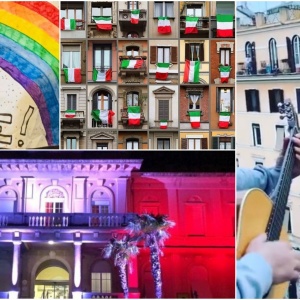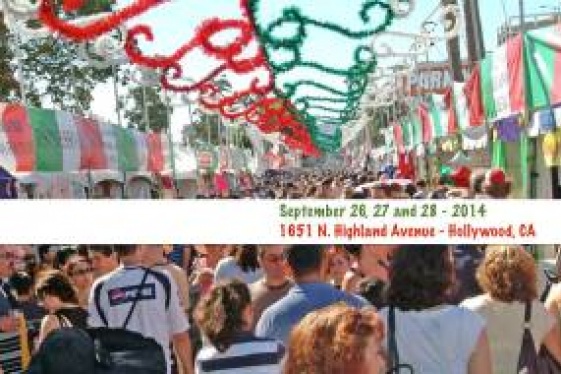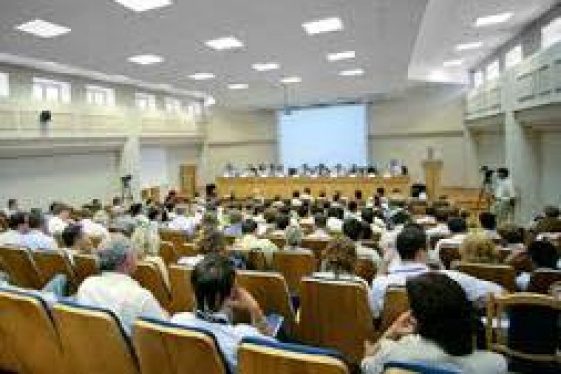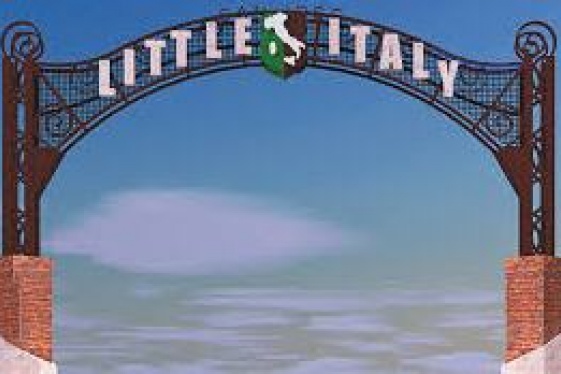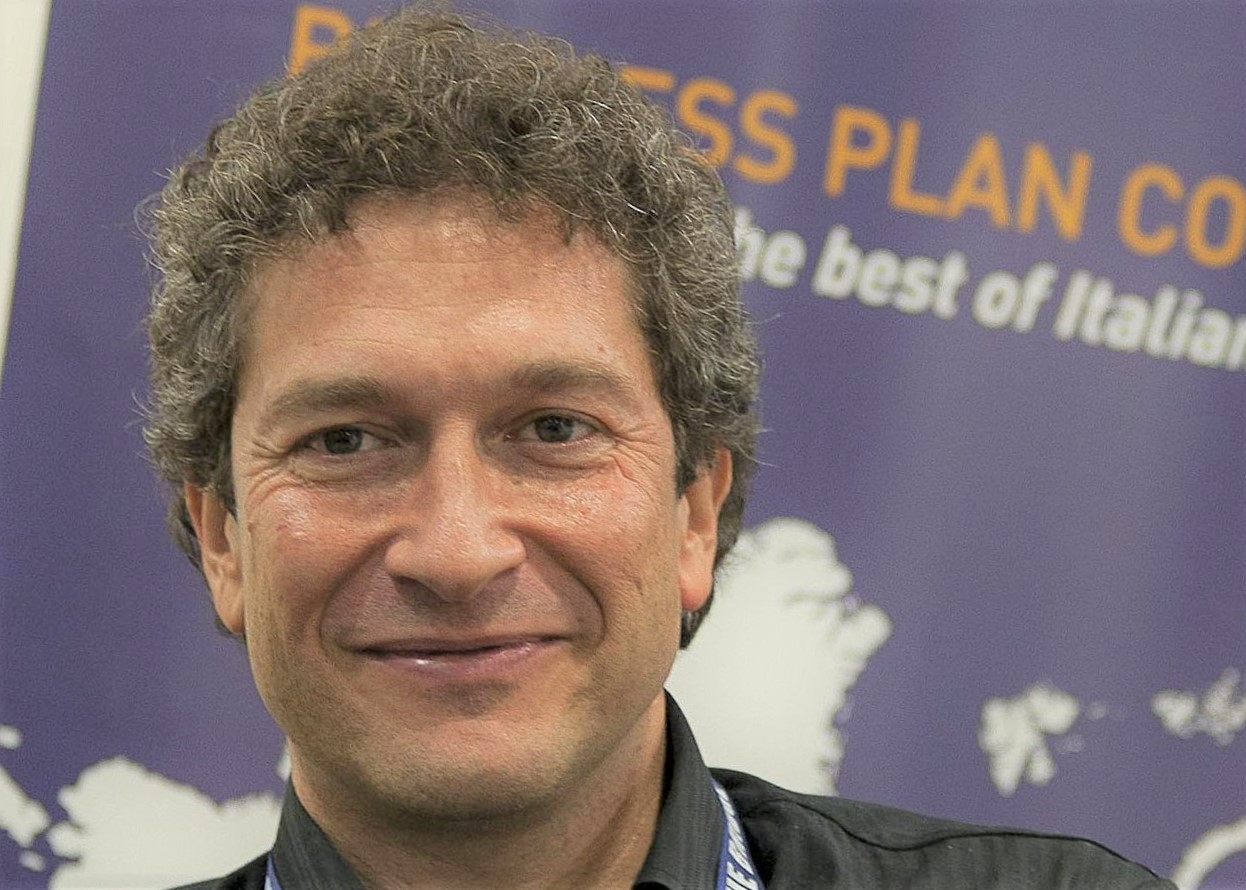
Marco Marinucci (CEO of Mind the Bridge)
Mind the Bridge: incontriamo di nuovo Marco Marinucci, il nostro primo intervistato

In the spring of 2013, my great friend Andrea Mancia, then Deputy Editor of the Italian newspaper "L'Opinione", asked me to collaborate by reporting on the world of relations between Italy and the United States. That was how the interviews began, which today are almost 300: We the Italians had not yet been born. Then, as now, the desire was to cover everything that links Italy to the United States. The past and the future, the many themes, the people who live on this side of the ocean and those who live on the opposite side.
I decided to start by interviewing an exceptional Italian emigrated to Silicon Valley who was helping young Italian startups to learn the winning dynamics of the Californian ecosystem: Marco Marinucci had created Mind the Bridge exactly for this purpose, and he was kind enough to accept the interview, the first one for me. Now that we’ve reached the tenth year of interviews, I thought I would check in and talk to him again, who in the meantime has seen his business grow, and has helped many Italians understand how to do business in an innovative way. Marco is really a great Italian in America, I thank him twice, for then and for now.
Marco, I would start with references to the 2013 interview. Your first answer ended like this: "I started Mind the Bridge in 2007". I would ask you to summarize for our readers what Mind the Bridge is and how it has grown from 2013 to today
Rereading that interview, in fact the description of Mind the Bridge that existed then was that of the first version of MTB. Today in my opinion, we are at two versions later. There were three big points of development.
The version of the 2013 interview was the support phase as a startup accelerator, where the first focus was obviously on Italy and then slowly expanded to other countries as well.
The second major phase of development began around 2013, and has made us one of the main operators in the world of open innovation, serving large Fortunes 500 corporations for their request for innovative solutions that come from the world of startups. From that moment to today we have grown to have offices in San Francisco, Los Angeles, Barcelona, Milan, London and Seoul, in this marketplace of innovation that sees us combine the demand of large companies and the offering of the startups they want to grow.
The third part, which is the part that excites me the most today because it is an answer to the future that awaits us, is that we have automated a large part of this marketplace using AI, artificial intelligence. Today we are in full development of a product that is the evolution and optimization of our matching activities.
As you can understand, they are three different phases in their content but which follow each other in a linear way. The part that was the initial heart of the Mind the Bridge Foundation, namely that of creating a structured bridge between the world of Italy and that of Silicon Valley, is now absolutely not exhausted, indeed it is more alive than ever: in my professional activity, this part has now been structurally shifted to what has now become the SVIEC Foundation. The SVIEC Foundation was born to continue the activities started by the SVIEC project (which stands for Silicon Valley Italian Executive Council) born about fifteen years ago and managed by the beloved Jeff Capaccio, who unfortunately passed away last year. With a group of colleagues (now Board Members of the Foundation) we tried to keep alive a project that was particularly relevant to us, even as a legacy to be left here in Silicon Valley: so we restructured that project by transforming it into a foundation, precisely the SVIEC Foundation, whose focus is exactly to create and maintain a structured relationship in the Italian community here.
So start-ups continue to arrive from Italy to Silicon Valley through SVIEC?
The theme of Italian startups is still part of Mind the Bridge's activity today, in the go-to market dynamics that I described to you earlier, in the logic of the marketplace and together with startups from other parts of the world. SVIEC instead deals with professional development and networking among the Italian-American community.
Can you describe, at least from your point of view, how the world of Italian innovation has changed from 2013 to today, with a focus on Italy and one on that part of Italy that arrives in Silicon Valley?
It has changed quite a bit. The world of innovation, as it should be, moves in an accelerated manner precisely by definition. From a macroscopic point of view it seems to me that the first thing that has changed is that everyone now understands that innovation is one of the main drivers of growth, and also how necessary it is to create the structural conditions for which there is access to capital for the development of startups in a consistent manner. From an educational point of view, this is a topic that is now covered by various accelerators in Italy as well: there is now sharing and awareness of priorities, something that was not there in 2013.
What is still a big gap in reality is the growth in scale of this, which is only the tip of the iceberg. At Mind the Bridge, we measure the growth data of innovation ecosystems around the world, and the numbers don't lie. I'll just give you two comparison numbers, just to give a little sense of the innovation system between two regions such as Italy and Silicon Valley, even if it is obvious that it is a complicated comparison. The number of scale-ups (slightly more advanced startups, those that in our definition have reached at least one million of funding capital), that we have traced for last year in Italy are 260, in Silicon Valley they are almost 8000. The funding for these startups in Italy was 2.7 billion dollars, in Silicon Valley 502 billion dollars. This gives a sense of the huge gap, even if in reality it makes little sense to compare Silicon Valley with Italy. But even if Italy is compared with more similar realities, for example European countries with similar economies and cultures such as Spain or France, also in this case there is an obvious gap. So the glass is half empty because there is still a big delay in the implementation of activities, projects, policies that can create an advanced innovation ecosystem; but it's half full because things are so much better than 9 years ago.
Is there a part of Italy, or maybe even more, that has some similarity with the components that have determined the resounding success of Silicon Valley?
I'd like to tell you no. If you will, there is an aesthetic, geographical similarity in some areas, but this is not the focus of your question.
The cultural approach to these issues is central, and as I told you, in Italy it has improved. This bridge that inspired us in our name, which in 2013 was not very busy, today - COVID aside - is a four-lane highway, so there is a lot more interaction and thus also knowledge. There is an Italian component interested in innovation issues that frequently, both physically and digitally, engages with Silicon Valley. But from here to imagine regional similarities, in my opinion we are still far away. Maybe we hope that in the next interview it will be more evident ...
I return to the desire to compare your first interview with this one. What would you transplant from Italy to the United States, and vice versa?
From a professional point of view, I would like to answer: nothing. If we think about the definition of ecosystem, we understand that the ecosystem is a multiplicity of complexity that is not transplantable.
From a personal point of view, I am an immigrant who has been transplanted for twenty years but who reads the news daily in Italian and on Sundays watches the results of the matches and usually spends the summers in Italy. So for me there is a strong social or cultural connection that has already been transplanted here. We have an Italian community that is very well represented locally: for example, the SVIEC Foundation meets regularly every couple of months. I must say that it is a community that represents the expression of both worlds: strongly identified by their roots, but also perfectly integrated in a different professional world. In my case, I am fortunate to experience the best of both countries.
From afar, nine years later, what is the trend of this beautiful, self-destructive Italy, seen from California?
There was the initial moment of COVID, which also exploded in the media first in Italy, and made this part of the world grasp the love and uniqueness of a population like the Italians again. In a terrible moment like that, the world was able to see how the idea of being able to manage moments of tragedy in a strong and identifying way was expressed in a unique manner, in which the sociality emerged that is at the basis of the sense of family, of community. Even for us Italians who live here, that was a moment of very strong identity. The comments of the Americans who live here where we live recognized the quality and courage of the reaction of the Italians who lived those moments: singing the hymn all together from the Italian balconies when we were in lockdown was a very powerful signal and recognized as such from all over the world, which has positively identified the Italian spirit, net of all the problems, defects and controversies. Out of the background noise of many things, in that case the world recognized and identified the lightness and at the same time the strength of the Italian spirit and of our identity, and that is something of which I personally am particularly proud.
If you had the power to make one thing happen for Italy, what would it be?
To answer you I rely on the experience I have had in recent years in which I have met and worked together with people from all over the world, with the ability to compare very different cultures, systems, approaches and procedures. My answer is that unfortunately in Italy, and I am speaking above all of issues relating to business development and internationalization, there is institutional support that needs to be completely reformed in terms of methods and focus on processes. There is an inherent difficulty in dealing with some institutional systems when one has experience of doing the same with Japanese, or Korean, or English counterparts. In today's fast and global world, the difference becomes important and unfortunately it slows down what could be the natural development process and becomes the reason why we do not advance in these issues. Unfortunately, Italy is still heavily the victim of archaic processes and too much bureaucracy: concrete implementation is really what we should improve on.
Perhaps on these issues there would be a need for a total, revolutionary reform. I only give you one data, which I choose from among the many that I could mention. We often work with a very dynamic country like South Korea, which in size is a similar economy to Italy. For 12 years, their government has set the number of unicorns it can create annually as one of its measurable objectives. In this case, unicorn means a company that has achieved a market valuation of over 1 billion dollars. This objective causes as a consequence a series of activities that must be aligned on what is precisely the result to be achieved, and it is a virtuous process that feeds itself and makes it grow. It is a process that starts from the need to have a vision and to have the possibility and ability to transform it into a goal, and then to make this goal concrete, feasible, and achievable.
Thanks Marco. See you again in 9 years! Make me a prediction: where will you be, what will you do?
Good question… nine years! It may be that I will have a slightly more stable foot in Italy, on a personal level. But the reality is that I don't know: if I think about it, I must say that I don't see myself doing very different things. In the end I was lucky enough to be able to see my passions realized and this has been happening for a long time but what I do today still fascinates me, particularly in the two areas. In the non-profit area, which continues to be an important component as part of the legacy; and in the business area, which is particularly dynamic, so what we are doing grows with the market, but every year it is a slightly different product. So I think I wouldn't be surprised if in nine years my professional life is very similar to what it is today.
You may be interested
-
“The Art of Bulgari: La Dolce Vita & Beyond,...
by Matthew Breen Fashion fans will be in for a treat this fall when the Fine Arts Museums...
-
13th Annual Galbani Italian Feast of San Gen...
In September of 2002, some of Los Angeles' most prominent Italian American citizens got to...
-
1st Annual Little Italy Cannoli Tournament
Little Italy San Jose will be hosting a single elimination Cannoli tournament to coincide...
-
Candice Guardino Brings GILDA AND MARGARETTE...
Candice Guardino is adding to her list of successful theatrical productions with the debut...
-
Festa Coloniale Italiana 2012
We are very excited to announce that on Saturday, August 11, The San Francisco Italian Ath...
-
ISSNAF medical imaging science chapter meeti...
AGENDA 12.00 – 12.15 Light lunch12.15 – 12.30Welcome addresses Lorenzo Mannelli, MD, PhD...
-
Little Italy Arch Groundbreaking Celebration
**The ceremony will be held in Little Italy SJ at W. Julian and North Almaden (Next to Pae...
-
The Great GRAVY/SAUCE Cooking Competition
September 26/27 - 3 PM - 1651 N. Highland Ave, 90028The Great Gravy/Sauce Cooking Com...





